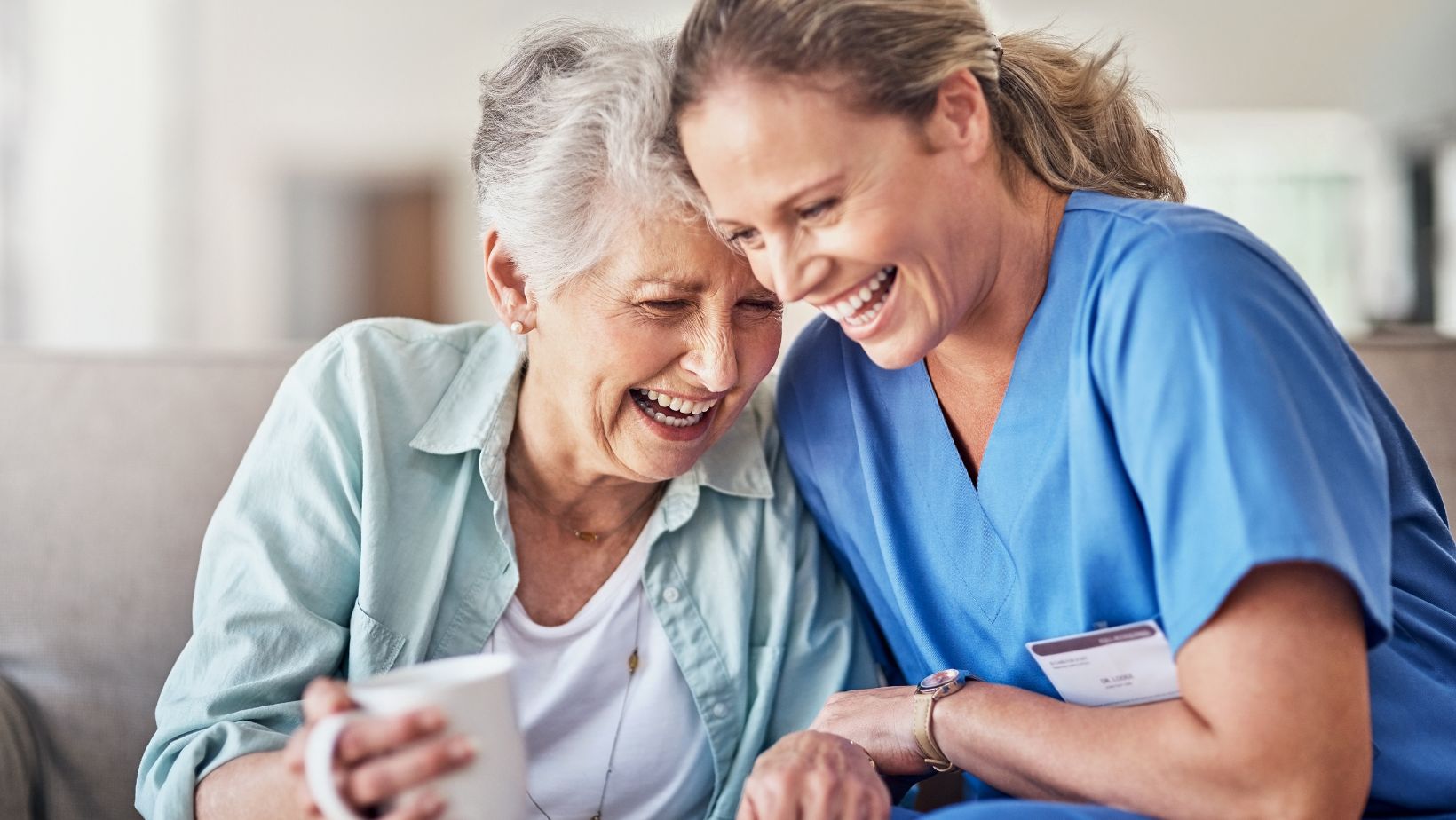
Menstruation is a natural phenomenon experienced by women across the globe and woven into the fabric of cultural beliefs, traditions, and practices. From ceremonial rituals marking a girl’s transition to womanhood to age-old taboos surrounding menstrual blood, the diverse array of cultural perspectives on menstruation sheds light on the nuances of this universal experience.
From ancient remedies to modern medical advancements like FLO PMS vitamins, this exploration looks into various traditions, taboos, and practices related to menstruation, revealing the societal impact and historical significance of these customs.
1. Cultural Menstrual Ceremonies
Ceremonial rites and rituals have long accompanied young girls as they enter puberty, signifying their journey into womanhood. In many cultures, these ceremonies hold deep cultural and symbolic value, emphasizing the importance of menstruation in the life of a woman.
2. Menstrual Seclusion Practices
Across different societies, the practice of secluding menstruating individuals during their periods persists as a longstanding tradition rooted in cultural beliefs. Women are often secluded from communal spaces or daily activities during menstruation, reflecting ancient customs that dictate restricted interactions due to perceived impurity.
The impact of these seclusion practices extends beyond physical separation. They influence women’s social relationships and self-perception during their menstrual cycles.
3. Taboos Around Menstrual Blood
Taboos and beliefs regarding menstrual blood have contributed to the creation of cultural norms dictating its handling and disposal. In many societies, menstrual blood carries symbolic weight, often associated with notions of impurity or potency.
These taboos shape behaviors and practices, influencing how menstruating individuals interact with their own bodies and those around them. Understanding the historical roots and cultural context of these taboos is important when exploring the complexities of menstrual beliefs worldwide.
4. Menstrual Art and Symbolism
The artistic representation of menstruation transcends cultural boundaries, offering a unique lens through which to explore societal attitudes toward this natural bodily process.

From ancient cave paintings to contemporary installations, menstrual art and symbolism provide a platform for reclaiming menstrual narratives and challenging societal taboos.
5. Menstrual Hygiene Practices
The management of menstrual hygiene reflects a blend of traditional practices and modern innovations designed to promote women’s health and well-being. Access to safe and affordable menstrual products, along with knowledge about proper hygiene practices, helps to ensure the dignity and comfort of menstruating individuals.
6. Menstrual Myths and Legends
Folklore and legends from around the world are rich with stories and myths that center around menstruation. These narratives often weave mystical elements, superstitions, and cultural beliefs together, reflecting the deep-rooted significance of menstruation in human history.
These myths and legends provide insight into how societies have historically perceived and interpreted the menstrual cycle. They shape collective attitudes and behaviors toward menstruating individuals.
7. Menstrual Dance and Performance
Dance and performance have been integral components of cultural expressions surrounding menstruation in various societies.

From rhythmic movements symbolizing the menstrual cycle to elaborate choreographies that celebrate femininity and fertility, these artistic forms offer a unique lens through which to explore the intersection of menstruation and cultural practices.
8. Moon Cycles and Menstruation
An age-old belief connecting menstrual cycles to lunar phases persists in many cultures, reflecting the deep-rooted connection between women’s bodies and celestial bodies. The idea of menstrual synchrony with the moon’s cycles has captured imaginations for centuries, influencing cultural practices and taboos surrounding menstruation.
9. Menstrual Huts and Sacred Spaces
The tradition of menstrual huts and designated spaces for menstruating individuals reveals the complex relationship between menstruation, spirituality, and societal norms. In certain cultures, women are segregated to these spaces during menstruation, reflecting beliefs about purity, taboo, and ritualistic practices.
10. Menstrual Taboos in Religion
Religious beliefs and traditions often shape cultural taboos and practices surrounding menstruation, influencing how individuals are perceived and treated within their communities. From restrictions on participation in religious rituals to notions of ritual impurity linked to menstruation, religious taboos have profound implications for women’s lives and interactions.
11. Modern Health and Hygiene
Ensuring menstrual health and hygiene is essential for the well-being of women and girls worldwide. Access to safe and affordable menstrual products, along with education on proper hygiene practices, helps to promote menstrual dignity and reduce health risks.
By prioritizing menstrual health as a fundamental aspect of women’s overall well-being, societies can strive to break stigmas surrounding menstruation. Empowering individuals to manage their menstrual health with confidence and dignity is crucial for fostering a culture of understanding and support.
12. Medical Innovations
Advancements in medical technology and innovations in menstrual health care have revolutionized the landscape of menstrual hygiene and wellness. From eco-friendly menstrual products to period-tracking apps and telemedicine services, these innovations offer new solutions for managing menstrual health.
Empowering Menstrual Health With Understanding and Support
The exploration of traditions, taboos, and practices surrounding menstruation worldwide unveils many cultural beliefs, historical legacies, and societal norms. Through education, awareness, and advocacy, global citizens can work toward creating a world where menstruation is celebrated, understood, and supported with dignity and respect.

























































